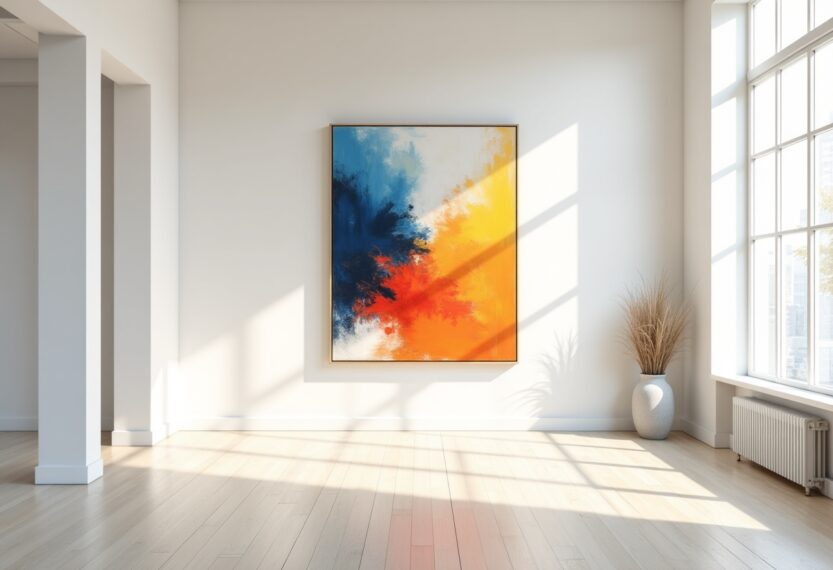The intersection of art and politics has long been a fertile ground for dialogue, especially in the context of American society. The recent political landscape, particularly with the resurgence of Donald Trump, has prompted a reevaluation of how artists, collectors, and galleries engage with political discourse. This article delves into the complex dynamics between the art world and the political climate, examining the implications of Trump’s presidency on artistic expression and market behavior.
Art as a form of protest
In the wake of Trump’s election in 2016, the art community rallied under movements like the Halt Action Group and the Dear Ivanka initiative. Artists and collectors sought to influence the political narrative, urging Ivanka Trump to act as a moderating voice within her father’s administration. This collective effort highlighted the potential of art as a vehicle for social change, with protests and public statements aimed at challenging authoritarianism. However, as Trump returns to power, the art world appears less unified in its resistance, raising questions about the effectiveness of such movements in the current political climate.
The dichotomy of the art market
The art market is characterized by a significant dichotomy: while many art buyers may lean towards pro-Trump sentiments, a substantial portion of art professionals align with Democratic ideals. This division creates a complex environment where the interests of collectors and the values of artists often clash. The potential for tax cuts and deregulation under a Trump administration may entice collectors to invest more in art, yet the broader implications of his policies could stifle artistic innovation and expression. The art world must navigate these conflicting interests, balancing commercial viability with a commitment to social responsibility.
Future implications for the art community
As the art world anticipates the impact of Trump’s policies on the market, there is a palpable sense of uncertainty. The elimination of tax loopholes that previously benefited art collectors has already had adverse effects, leading to a more cautious approach to buying and selling art. Additionally, geopolitical tensions, such as potential tariffs on Chinese goods, could disrupt the global art market, which thrives on seamless international commerce. Artists and galleries must adapt to these shifting dynamics, finding new ways to engage with their audiences while remaining true to their artistic vision.
In conclusion, the relationship between art and politics in America is continually evolving, shaped by the complexities of the current political landscape. As the art community grapples with these changes, it must remain vigilant in its pursuit of artistic integrity and social relevance. The future of art in America will depend on its ability to respond to political shifts while fostering a vibrant and inclusive cultural dialogue.




